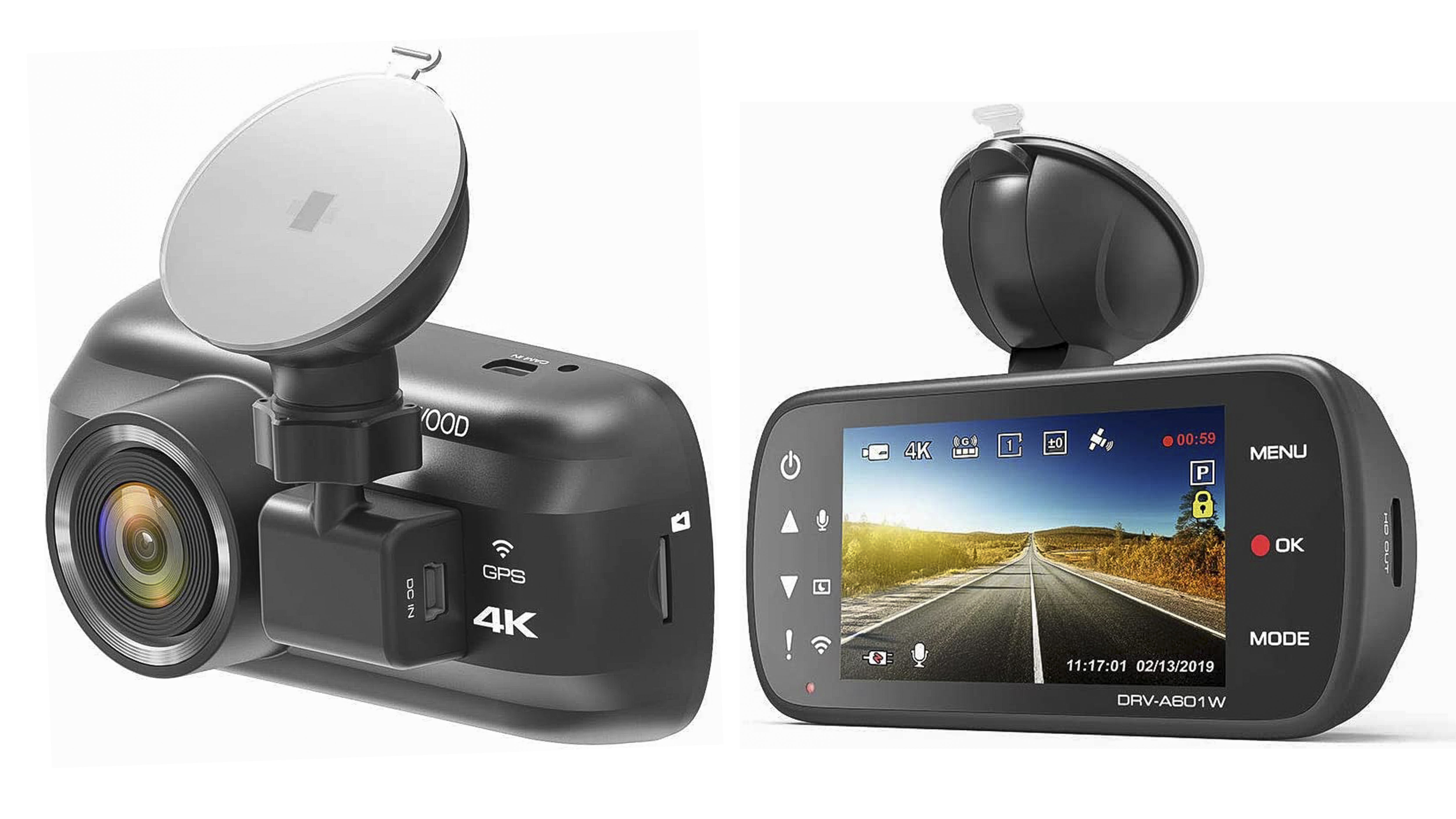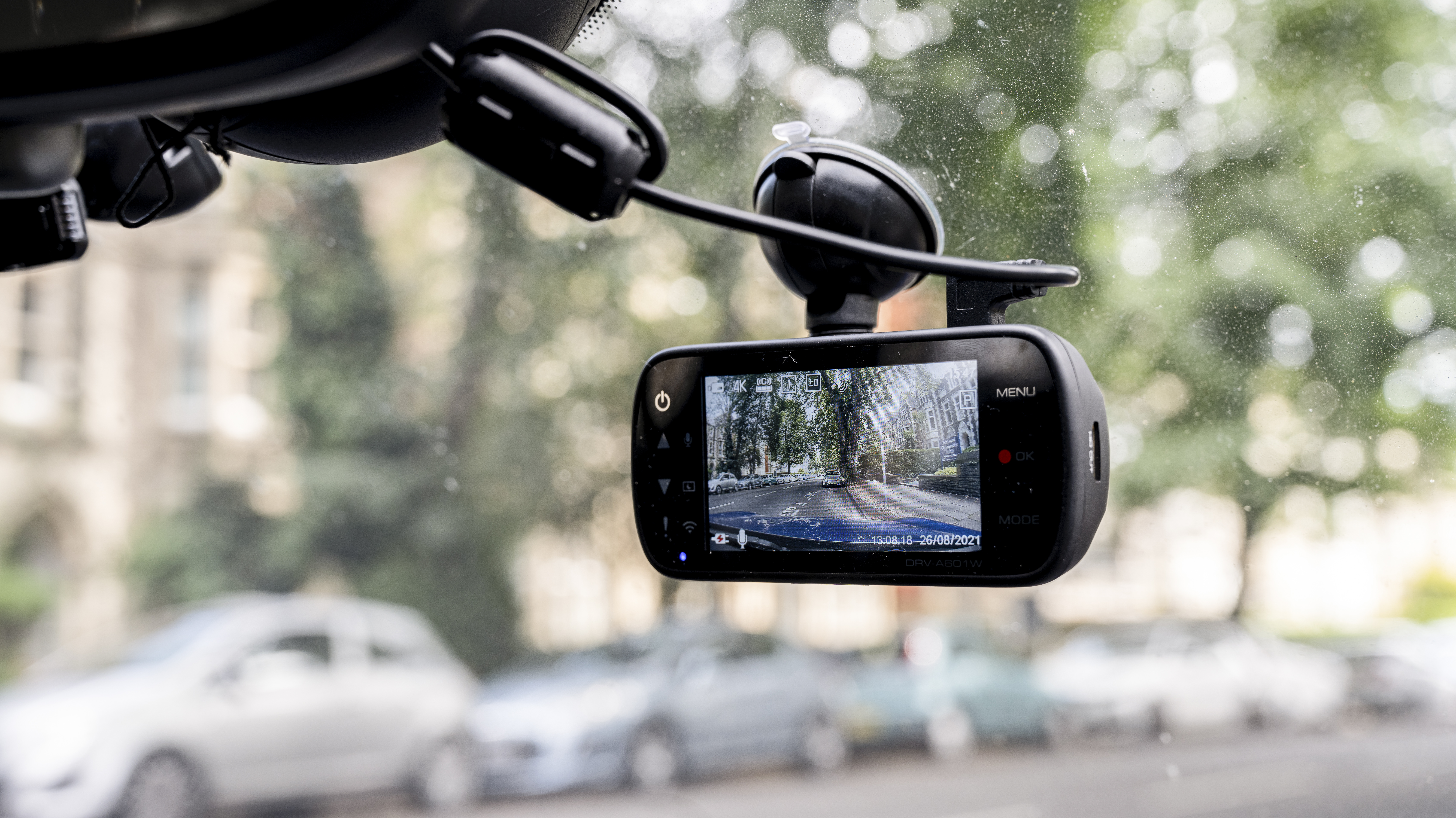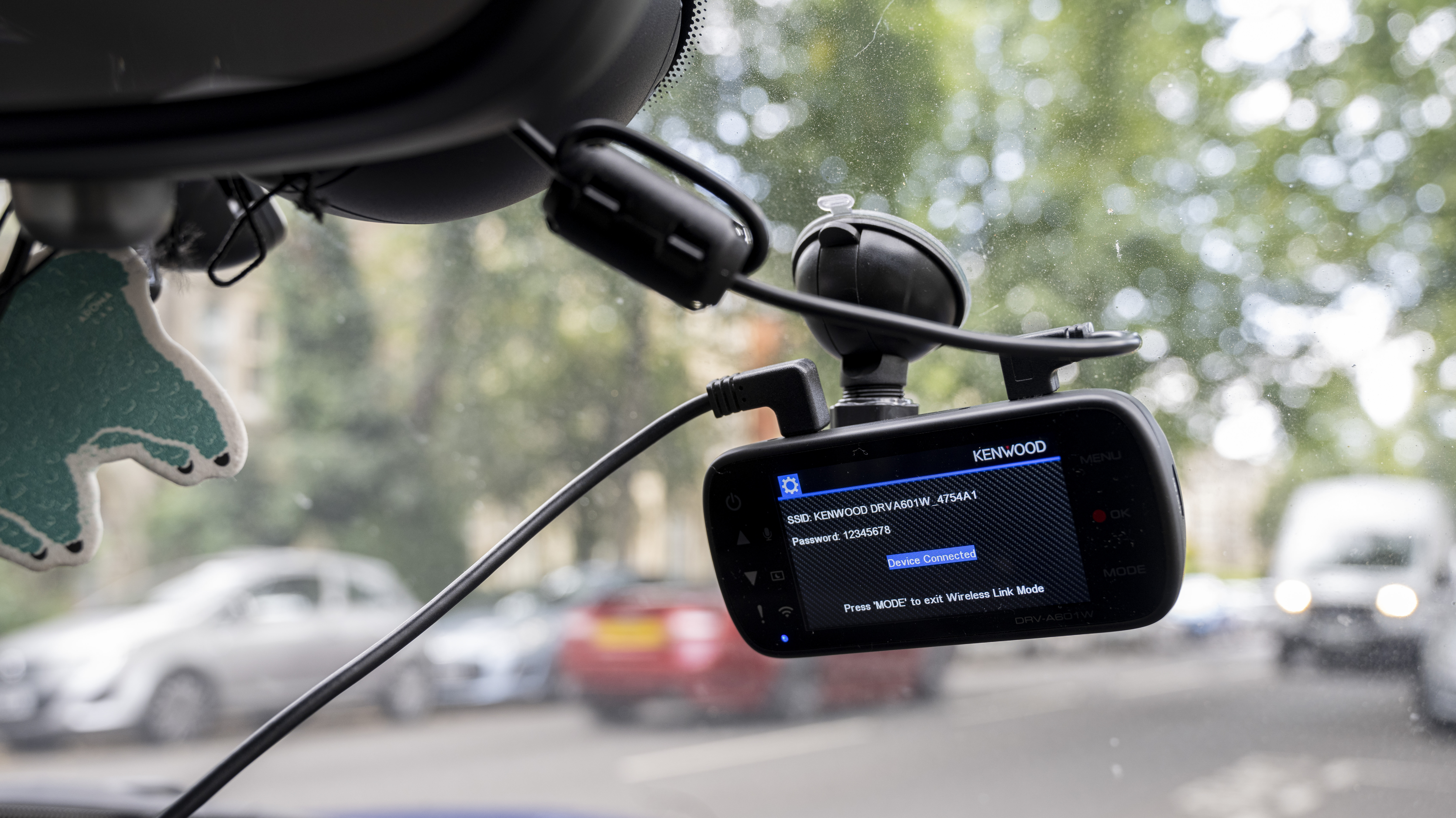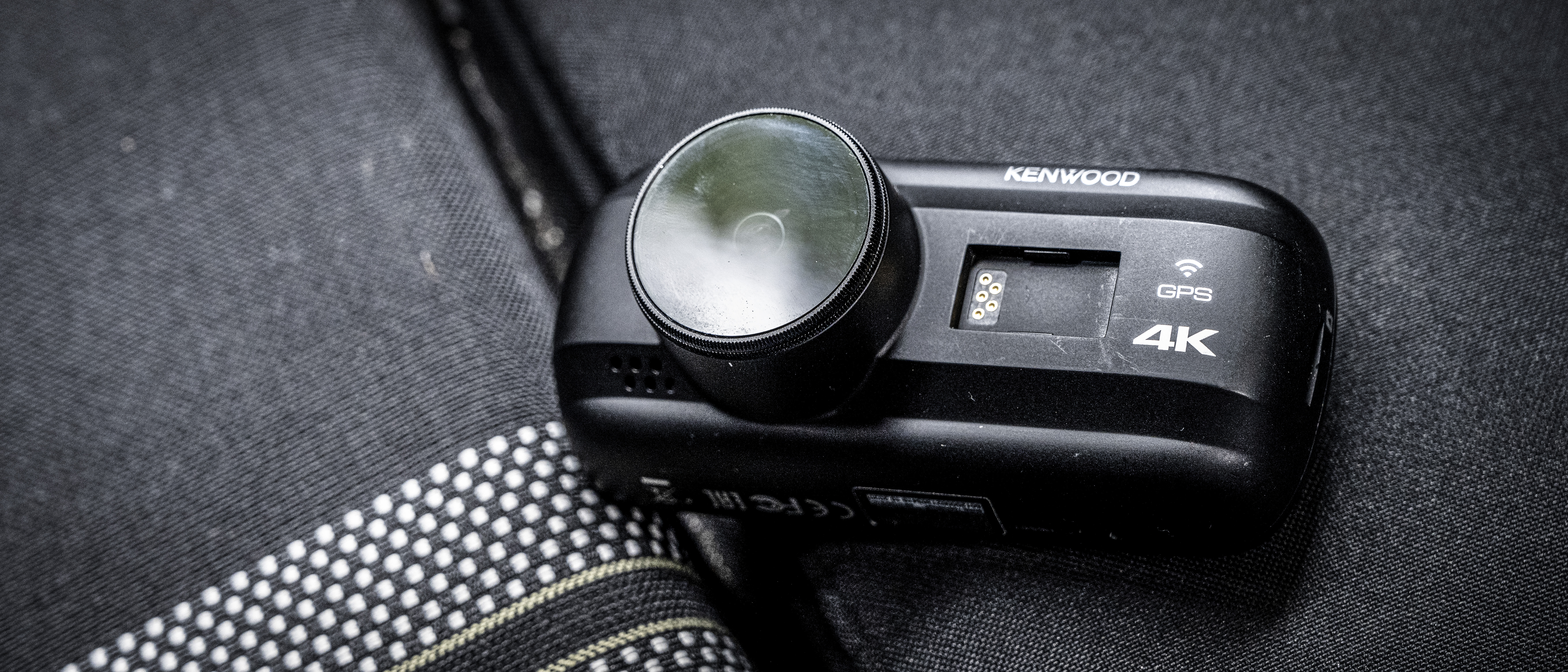Digital Camera World Verdict
A well-performing dash cam which has a lot of appealing features. Being able to capture 4K video is a great option for maximum detail, but it’s the ability to plug in an additional rear-view camera which might be the most enticing thing to many. Easy to set up and use, there’s just one niggle in the fact that the camera can fall off from the mount if you’re not careful. There’s also the fact that this camera is quite expensive, and might therefore be overkill for anybody who would be satisfied with a simpler setup.
Pros
- +
4K video recording
- +
Can add optional rear camera
- +
Integrated screen
Cons
- -
High price
- -
Can easily fall off
Why you can trust Digital Camera World
These days, dash cams are extremely popular. They’re both useful for capturing the action as you make your way through somewhere particularly scenic or memorable, as well as providing peace of mind should you need anything for an insurance claim or similar.
With a vast array of different products on the market to choose from, it can be overwhelming trying to make your way through what’s available. If you’ve got a decent amount of budget to play with, then something like the Kenwood DRV-A601W makes a lot of sense. It’s higher on the scale pay scale than some other models out there, but you get a lot of features for your money.
As well as being available as a standalone unit, you can also purchase a couple of accessories - most notably the KCA-R200 rear camera which plugs directly into the A601W via a 26ft/7.9m cable, and allows you to also capture what’s going on behind the car. We’ll be looking at this front and rear dash cam combo in this review.
Kenwood DRV-A601W specifications

Sensor: 1/2” CMOS
Video resolution: 4K
Field of view: 130 degrees
Frame rate: 30fps
Digital zoom: No
Screen: 3in LCD
Inbuilt microphone: Yes
GPS included: Yes
Key features

There’s a number of enticing features about the Kenwood A601W. Perhaps top of the list is its ability to record in 4K resolution. That’s handy for people who are using the dash cam to record adventures, but from a more pragmatic point of view, it’s also better for capturing detail - such as registration plates - too.
A built in 3-axis G sensor is also designed to detect a collision and trigger video recording, even if you’re not recording at the time. This is not something we’ve - fortunately - been able to test out. Enabling the built-in GPS records your vehicle’s location, as well as providing other useful information, such as the speed at which you were traveling.

In the box is supplied a suction mount and power supply. A microSD card comes in the box too, so you won’t have to spend extra to get one of those. It might be helpful to have a spare if you want to ensure clips aren’t written over before you get them from the card, though.
Although not essential, you can also get an additional rear-view camera that can be plugged directly into the A601W, giving you a view of what’s going on behind your car as well as in front; this KCA-R200 can be bought as kit with the Kenwood A601W, or separately as a later upgrade. Another optional extra is the hardware kit CA-DR1030, which you can use for parking mode.
Build and handling

Setting up the Kenwood DRV-A601W is relatively straightforward and fuss-free. In the box you’ll find a set of quick set up instructions that will guide you through the process of installing the camera fro the first time.
You’ll find there’s a circular polarizer included in the box which simply screws onto the front of the camera. This is helpful for reducing glare, especially on bright, sunny days - and for eliminating reflections from the windshield. Once you’ve done that, attaching the camera to the windscreen with the supplied suction cup is an easy job, with it locking into place.
The camera attaches to the suction cup via a small magnetic element at the front of the camera, which means you can quickly remove it without having to remove the entire suction cup. This is useful for when you want to hide the cam out of sight from potential thieves. However, the attachment isn’t the most secure if it’s not positioned exactly correctly - it fell off mid-drive on more than one occasion with us.
The camera is powered from your car’s auxiliary power outlet, with the appropriate adapter supplied. This does mean if you need the outlet for other uses, such as charging your mobile phone, you won’t be able to use both at the same time, but it’s less of an issue for those with cars with a separate USB socket.

Once the camera is switched on, it’s pretty self-explanatory. You can elect for it to just record automatically once the car starts, or to control it manually. It would make sense for most ordinary users to stick with the former option. By default, the camera records in one minute intervals, and will continue recording until the card is full, at which point it’ll start to overwrite the older footage.
You can change the resolution from the camera’s menu, along with a set of other options. You might want to consider switching to a lower resolution to save space on your card, but with the supplied 64GB card you should get plenty of footage even in 4K, unless you’re planning on an extremely long non-stop journey. If you want to record with both the front and rear camera at the same time, you’ll have to shoot in a lower resolution - so that’s worth noting.
If you have the hardware kit CA-DR1030, you can switch on “Parking Mode”. In this mode, the camera should detect any impacts “above the normal level” and start automatically recording any incidents, even when away from the car.
You can view the scene on the screen as you’re driving along, and you can also use the screen to navigate around the various menu options. With this dash cam you don’t need to set up a mobile phone app to control it, but you can if you wish to. The free Kenwood Dash Cam Manager can be downloaded for free for iOS or Android.
Performance
4K footage from Kenwood DRV-A601W - crossing Clifton Suspension Bridge, Bristol
Footage from Kenwood DRV-A601W front camera on motorway
Footage from Kenwood KCA-R200 rear camera on motorway
Footage straight from the Kenwood A601W is excellent, especially for the intended purpose required.
Colors are well represented, while exposures are well balanced and glare is kept to a minimum. In very bright conditions you might see some sun spots - particularly from the rear view camera, but otherwise, the image quality is fantastic.
Detail is very well represented even when shooting at less than 4K. It is perfectly possible to read number plates and so on at the 2560k setting if you’re using the rear and front camera in combination, but it would make sense to switch to 4K for the best detail if you only have the front-facing camera.
Overall, the footage is also steady with very little jumping or jolting around, providing the camera stays securely in the holder. You might consider using the camera to make more in-depth recordings of your journeys if you’re particularly interesting in documenting them, but it seems likely a dedicated action camera would be a better performer for that job.
Sound recording is available, but It’s more of a perfunctory tool for capturing audio than anything high quality. Most of the time we switched off audio recording to concentrate on what was happening - and you can hear for yourself in our samples when it is switched on that the radio etc sounds quite tinny.
Kenwood A601W Verdict

If you're looking for a well-featured dash cam from a brand that you can trust, then the Kenwood A601W is an excellent choice to consider.
It produces good quality video and having the ability to plug in the optional rear-view camera is also a great bonus. The screen has a good display and the camera is easy to set up and operate on a day-to-day basis.
The biggest drawback is perhaps the camera’s propensity to fall off the holder if you haven’t ensured it is attached entirely securely, so that’s something you just need to be aware of before you set off.
Otherwise, this is a very good camera - albeit it a fairly expensive price that might be a bit much if you only require something a little more basic.
Read more guides:
Best dash cams
Best front and rear dash cams
Best Uber dash cams
The Best camera phones today
Best indoor security cameras
Best outdoor security cameras
Best action cameras
The best helmet cameras
Best backup camera
Amy Davies has been writing about photography since 2009, and used to be a colleague on Digital Camera magazine and Techradar.com. She now works as a freelance journalist writing for nclude Amateur Photographer, Stuff, Wired, T3, Digital Photographer, Digital Camera World, TechRadar, Trusted Reviews, ePhotozine and Photography Blog. She has an undergraduate degree in journalism and a postgraduate diploma in magazine journalism, both from Cardiff Journalism School.


